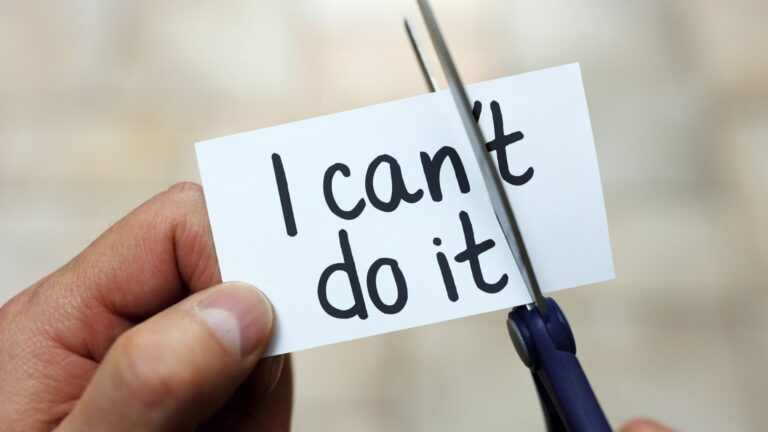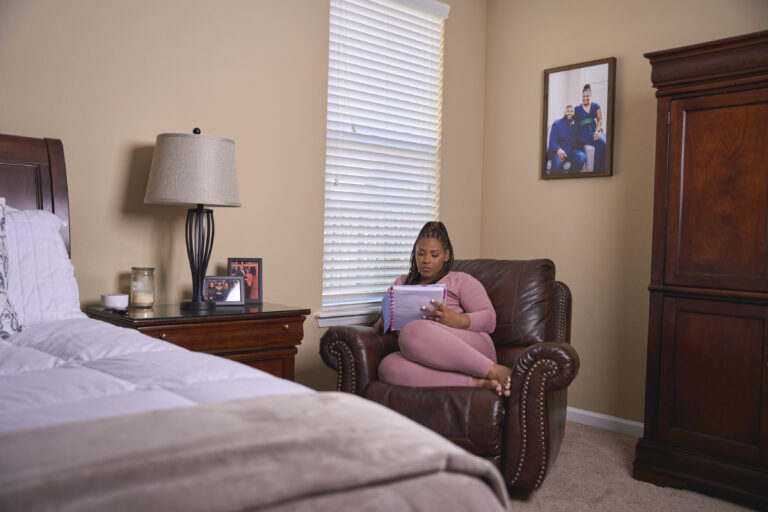Recognizing Emotional Burnout

Recognizing Emotional Burnout: 5 Red Flags You Shouldn’t Ignore
In this blog post, I want to talk about emotional burnout – not just what it is, but how to recognize its subtle signs, based on my own experiences. As a mom, wife, and dedicated servant leader, my life is filled with immense joy and fulfillment. But these roles have also taught me the crucial lesson of recognizing and addressing emotional burnout. When I neglect my mental and physical wellness, I can’t be fully present for my family or serve effectively in my community.
So let’s dive into a topic close to my heart – recognizing emotional burnout. In my journey through motherhood and marriage, I’ve encountered this challenge firsthand. Emotional burnout is more than just a spell of tiredness; it’s a profound exhaustion that permeates our emotional and physical being, affecting our ability to enjoy and engage in life fully. In this post, I aim to shed light on what emotional burnout truly is, help you recognize its signs, and share effective ways to treat and prevent it.
Physical Signs – Understanding the Stress-Body Connection
During my years as a middle school teacher, I often mistook my constant tiredness for a busy lifestyle. But in reality, it was a physical manifestation of emotional burnout. Prolonged stress doesn’t just wear down our minds; it takes a toll on our bodies, weakening our immune system and disrupting our sleep patterns. I remember experiencing regular body aches and muscle tension, which began to alleviate only after addressing my emotional health.
Recognizing emotional burnout begins with acknowledging its physical manifestations. Common signs include chronic fatigue, headaches, and muscle tension, often mistaken for normal responses to a busy lifestyle. But these symptoms are your body’s way of signaling deep-seated emotional distress. For instance, during my most challenging times, I often found myself overwhelmed by a fatigue that went beyond physical tiredness. This was my first clue that something was very wrong.
It’s crucial to comprehend how closely our emotional state is linked to physical health. Studies have shown that chronic stress can lead to serious health issues like heart disease, diabetes, and a weakened immune system. Recognizing these physical symptoms early can be pivotal in addressing underlying emotional issues.
Emotional Signs – Strategies for Emotional Management
As a mom and teacher, I noticed periods of irritability and detachment, signaling that I was emotionally overextended. My irritability made even routine family interactions challenging, and I felt detached from activities I once enjoyed. Finding solace in prayer, mindfulness exercises, and therapy helped me navigate these emotional upheavals. However, it was necessary for me to first recognize the root cause of these symptoms of emotional burnout before I could properly address them.
Emotional indicators of burnout are often more subtle but equally telling. They include feelings of irritability, cynicism, and a general sense of detachment from work and relationships. Reflecting on my experiences, the sense of detachment that I felt completely took the joy out of activities I used to love. Recognizing these emotional signs is essential in preventing a deeper emotional downturn.
Effective coping strategies can range from therapy and counseling to mindfulness practices and spiritual support. Personally, finding strength in my faith and seeking professional guidance were key in navigating these emotional challenges.
Behavioral Signs – Healthy Behavioral Adjustments
I started declining social invitations because I simply didn’t have the bandwidth to be physically or emotionally present. This withdrawal affected my relationships, creating a distance that wasn’t there before. Learning to set realistic boundaries and seeking the support of my immediate and extended family were crucial steps in addressing these behavioral changes.
Behavioral changes are significant red flags of burnout. These can manifest as social withdrawal, noticeable dips in productivity, and alterations in daily habits. In my own life, this looked like avoiding social gatherings, not out of disinterest, but due to emotional exhaustion. Such changes can greatly impact personal and professional relationships.
To counter these behavioral symptoms, it’s important to adopt practices like setting healthy boundaries, engaging in restorative activities, and seeking social support. Balancing my commitments and reconnecting with loved ones and my community were vital steps.
Cognitive Signs – Cognitive Wellness Techniques
I prided myself on my sharp memory and focus, but during my burnout phase, I started forgetting minor tasks and struggled to maintain concentration. Burnout can cloud our thinking, making it hard to concentrate or remember things. To combat this, I used meditation and mindfulness to clear my mind, alongside practical strategies like to-do lists to keep my tasks organized.
Cognitive signs of burnout, such as difficulty concentrating, memory lapses, and impaired decision-making, are often overlooked but critical. During my teaching career, I noticed a decline in my usual sharp focus and memory, which was a clear sign of cognitive overload due to emotional strain.
Addressing cognitive aspects of burnout can involve techniques like cognitive behavioral therapy, meditation, and ensuring adequate rest. Incorporating these practices helped me regain my mental clarity and cognitive sharpness.
Lifestyle Signs – Cultivating a Balanced Lifestyle
My sleep patterns were erratic, and my diet consisted of quick, unhealthy choices due to lack of time and energy. Establishing a routine for sleep and dedicating time to prepare nutritious meals were significant in my recovery from burnout. It taught me the importance of creating a balanced lifestyle that sustains our mental and physical health.
Lifestyle habits often reflect our inner emotional state. Changes in sleep patterns, diet, and exercise habits can all be indicators of burnout. Sleep disturbances and resorting to quick, unhealthy eating options were signs that my lifestyle was being impacted by my emotional health.
Creating a balanced lifestyle involves making intentional choices about sleep, nutrition, and physical activity. Establishing a routine that includes these elements is crucial in mitigating the effects of burnout.
Using the Five Red Flags of Emotional Burnout as a Roadmap to Recovery
These five signs – physical, emotional, behavioral, cognitive, and lifestyle – are a roadmap to recognizing when we’re heading towards burnout. Being aware of these signs in ourselves is the first step towards change. If you see these signs in yourself, don’t hesitate to seek support, as I did, whether it’s from loved ones, healthcare professionals, or a spiritual community.
Recognizing emotional burnout is an integral part of maintaining our well-being. By being vigilant about these five red flags we empower ourselves to take proactive steps in addressing and preventing burnout. It’s important to remember that seeking support is a sign of strength. Let’s commit to recognizing the signs of burnout in our lives and taking the necessary steps to care for ourselves holistically.






